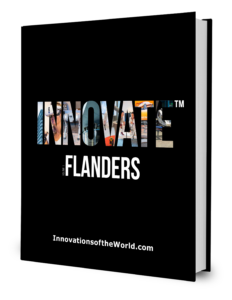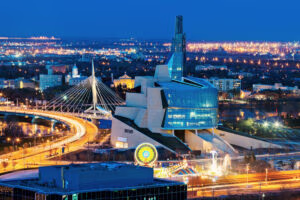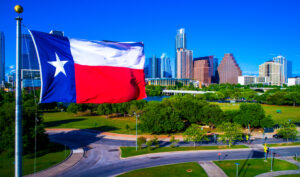Antwerp is a city in full change, once again, as it has been so many times over the past centuries.
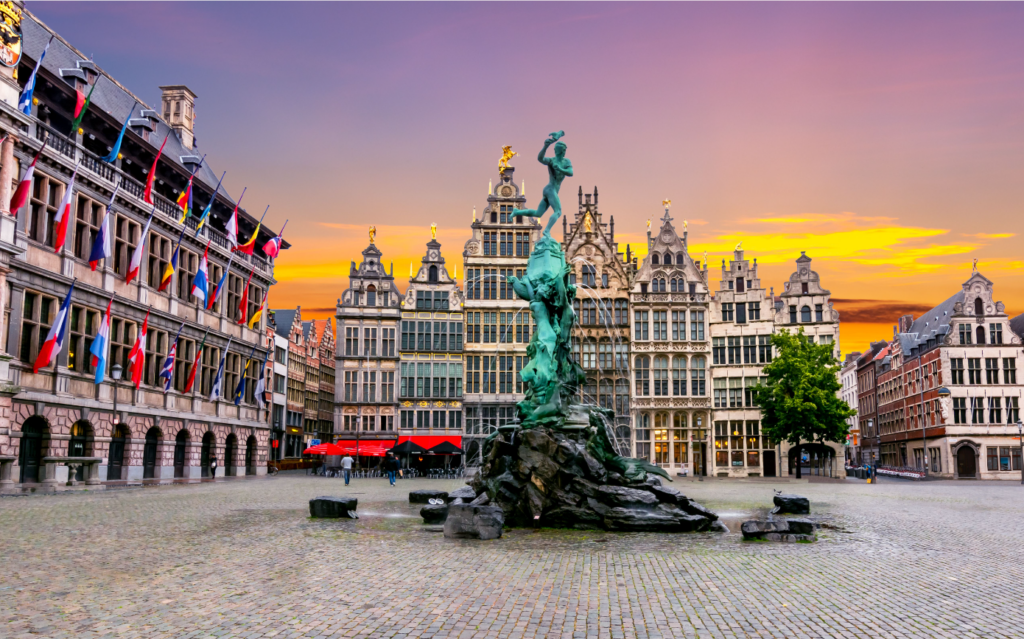
Now it is mobility shaping the future of the city, in the form of the Oosterweel works. For about two decades, the plans for the completion of the ring road with a third river crossing have gone back and forth on the agenda of the Flemish government and the city council. This deadlock resulted in growing environmental and economic concerns, voiced by citizen movements and entrepreneurs alike. In March 2017, a historical consensus was reached with the signing of the Treaty of the Future on how and where to complete the ring road and, at the same time, provide a series of green lungs in the city, thus improving livability.
But Oosterweel is not just an achievement as far as engineering is concerned. It is also an achievement on a social level. Key in this was the conviction to maximize societal added value. This approach is reflected in the name and the content of Antwerp’s city council’s coalition agreement 2019-2024, called ‘The Big Link’. The Big Link tells the story of the major, historic transformation of Antwerp’s ring road in the years to come. The project will free up space above ground, where people can enjoy life, clean air, and more green space.

As stated above, the foundations for this unique combining of forces were laid in 2017. The challenges are still huge.
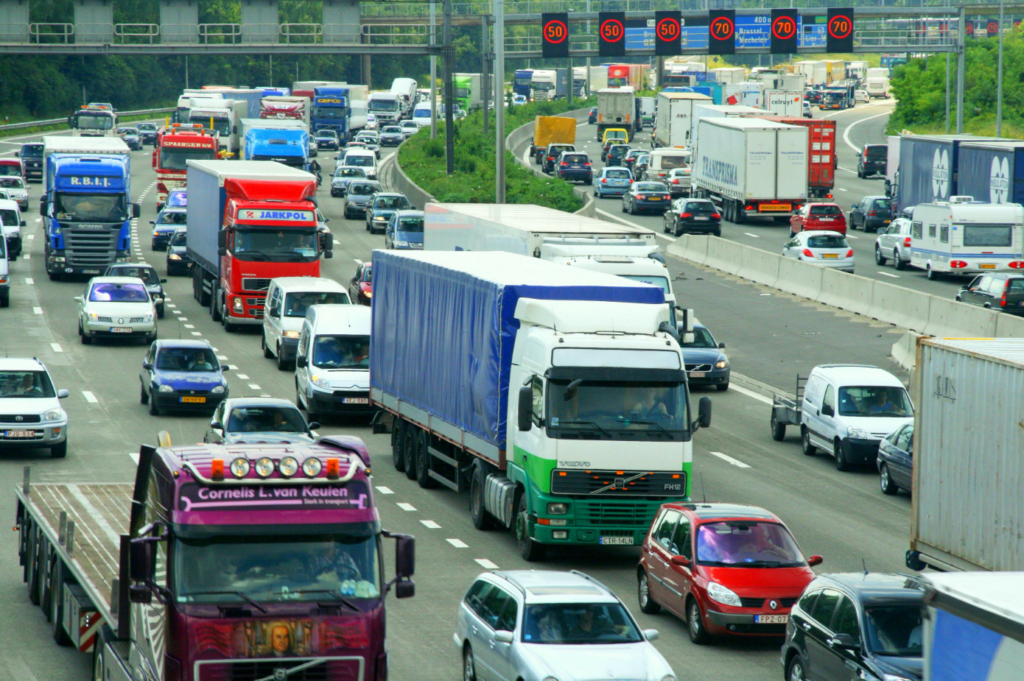
In recent years, we have faced a number of unexpected challenges, mainly caused by global dynamics:
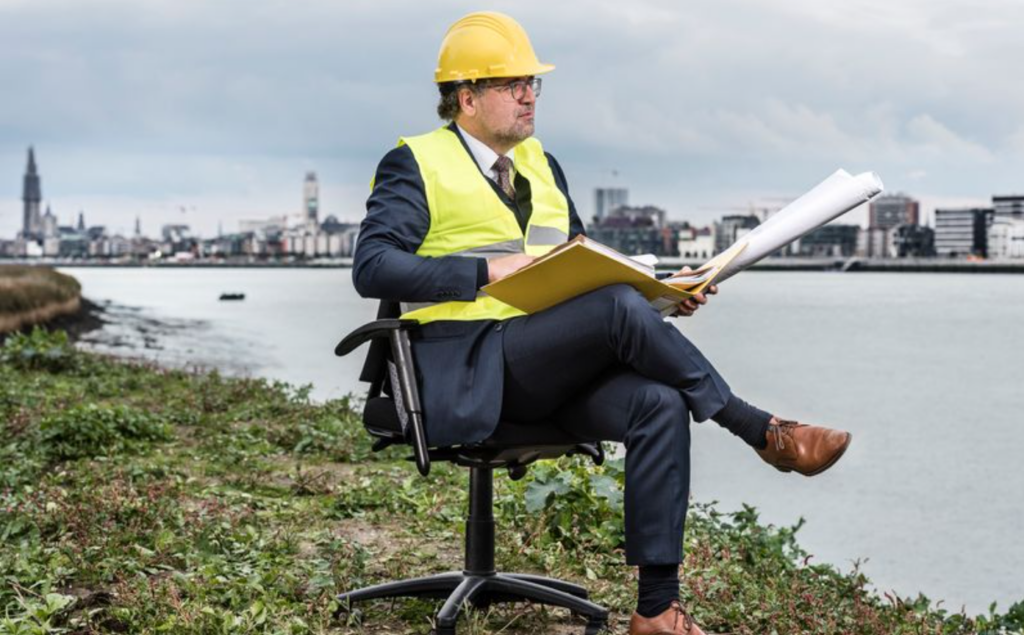
- A pandemic with an economic slowdown
- Worldwide logistical problems
- A war in Europe
- A sharp rise in the prices of building materials
- Environmental issues on building sites related to historical pollution
- Changing EU regulations
And, of course, challenges related to climate change remain.
I am sure we will overcome these challenges. The foundations laid in 2017 are still solid. There is no magic formula. This is no hocus pocus. This is about ambition, hard work, dedication, trust, innovation, and a creative approach.

